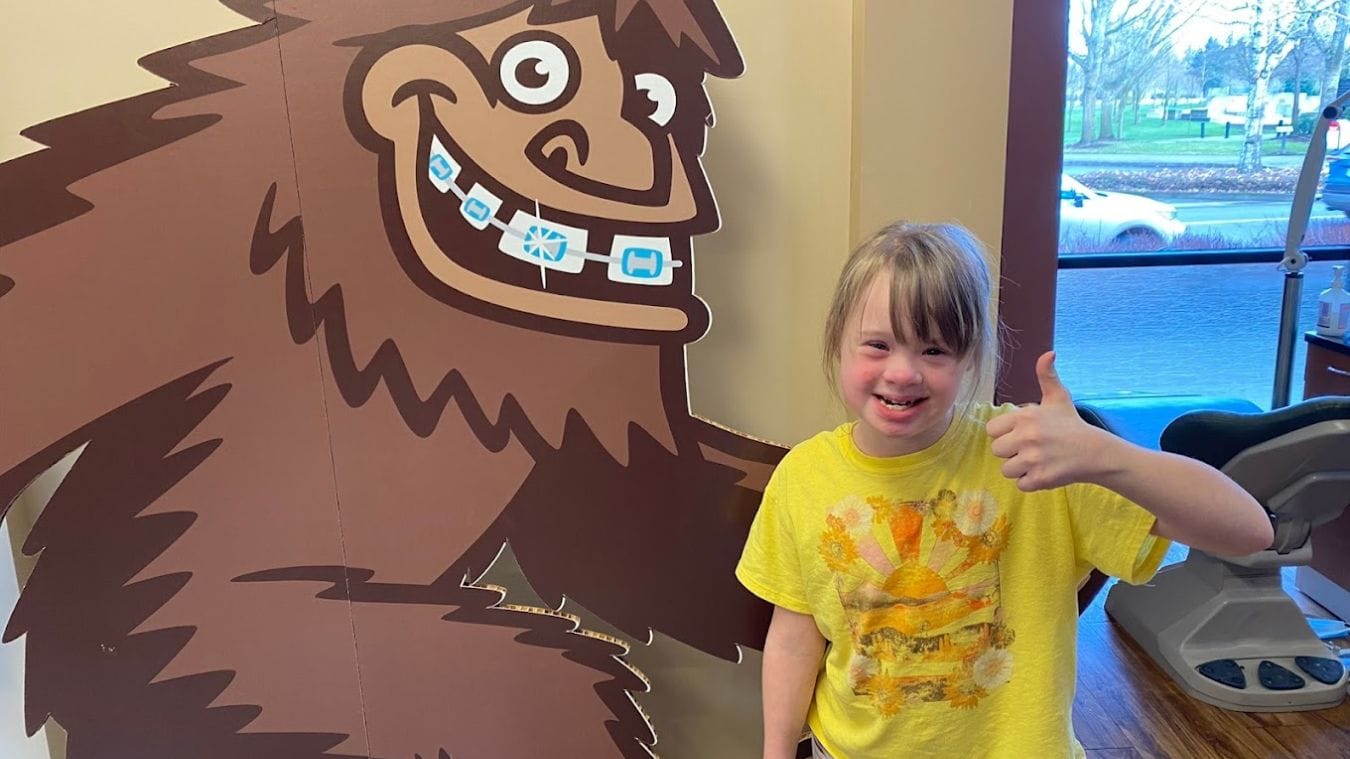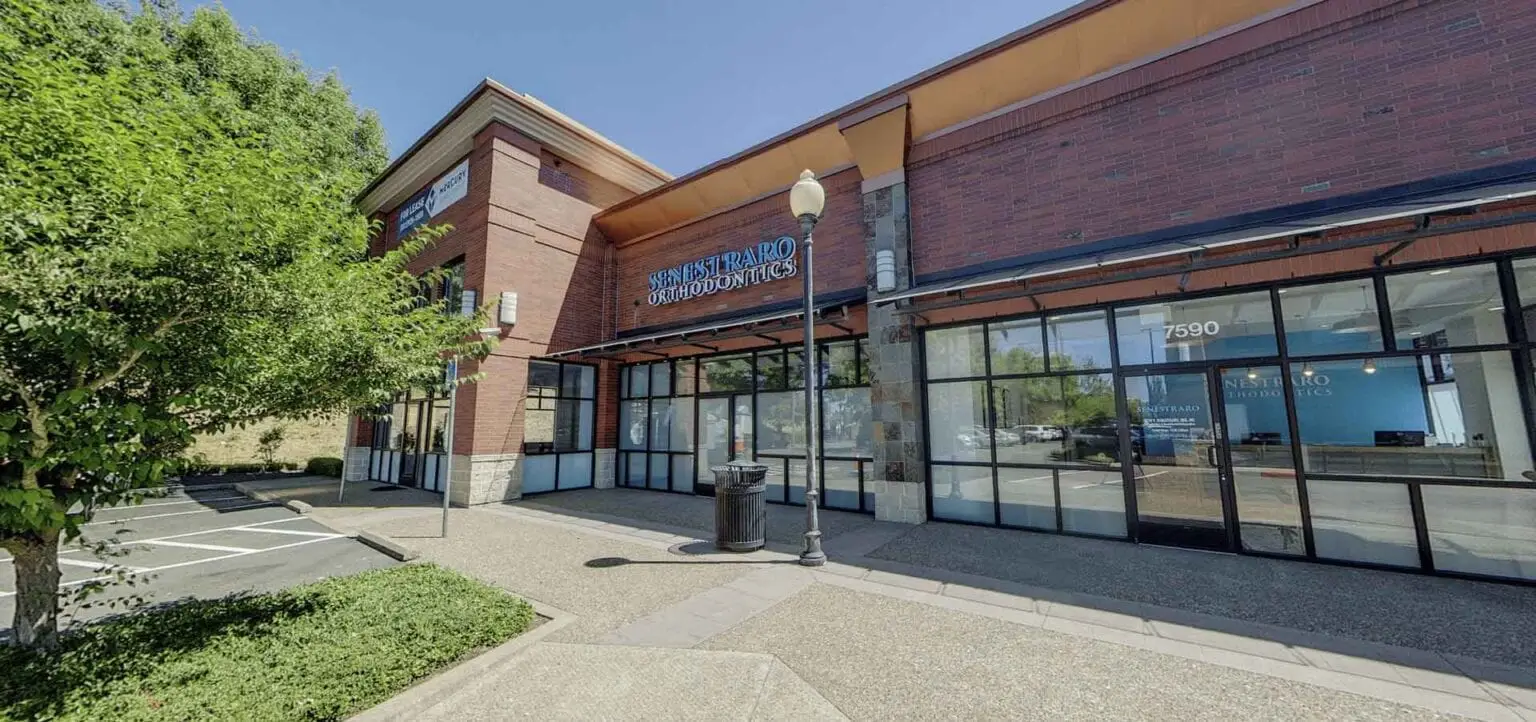Malocclusion is when a person has crooked teeth or a poor bite, which is the main reason for using Invisalign aligners to correct your teeth. Invisalign is very likely to work in most cases of malocclusion, although it is always best to get the opinion of our dental team. There are different types of malocclusion, which is broken down into three classes.
Classes of Malocclusions
Class 1 malocclusions are when the upper teeth slightly overlap the lower teeth, but for the most part the bit is normal. This is the most common form of malocclusion, and it can likely be well-treated by an Invisalign program. If there are other issues aside from the malocclusion, Invisalign may still help as part of a larger treatment plan. A class 2 malocclusion is more prominent. In this case, the upper teeth overlap the bottom teeth severely. This may also be a retrognathism. In the early days of Invisalign, the program would not have been able to correct Class 2 malocclusions. However, with advancements of technology and the program itself, in most cases Invisalign can successfully treat class 2 malocclusions. Class 3 malocclusions are where the bottom teeth overlap the top teeth. Oftentimes these types of malocclusions can require surgery or other treatment options in a treatment plan to correct your teeth. Just as with class 2 malocclusions, Invisalign would not have been able to solve these issues in the past. However, with current advancements Invisalign can be an option in a treatment plan for class 3 malocclusions. The best way to determine if you are a good candidate for an Invisalign treatment is to set up an appointment at one of our offices to speak to our knowledgeable team. No matter what type or class of malocclusion you have, let us help you determine your best options.


